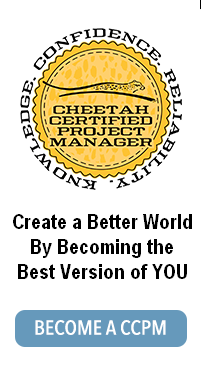Make My Brain Better – Strategy-Based Cognitive Training Improves Aging Brains
Michelle LaBrosse, PMP
I’ve been doing the brain training game Lumosity on my Iphone over the past two weeks. My Brain Performance Indicator has risen from about 40% to 80% since I started. What is even more important, I am getting their marketing emails. One Lumosity email referenced a press release issued by the Center for Brain Health at the University of Dallas . It highlights their research on how to improve the cognitive functioning of aging adults. Part of their research included what they called “Strategy-Based Cognitive Training” (which is not the same training done with Lumosity). Now granted I do think it’s impressive my brain performance indicator on the Lumosity system doubled over two weeks, but I don’t think it has activated my healing pre-frontal cortex or temporal lobes to that same level over these past two weeks.
I downloaded the research paper they had published in the Cerebral Cortex called “Neural Mechanisms of Brain Plasticity with Complex Cognitive Training in Healthy Seniors.” (Seeing this title, my first thought was thank god they had a marketing communication specialist writing their blog that became the basis of the press release Lumosity used). The “Strategy-Based Cognitive Training” they did is detailed in this paragraph from their research paper:
“Gist reasoning training is strategy-based rather than content specific and entails a systematic use of 3 cognitive processes including strategic attention, integrated reasoning, and innovation to process all types of data. The gist reasoning training involved topdown cognitive control of complex information that is maintained, manipulated and synthesized into abstracted meanings (Anand et al.2011). Cognitive control processes entailed in gist reasoning have been associated with frontal lobe networks and nodes within both the CEN and DMN (Nichelli et al. 1995; Chapman et al. 2005; Chen et al. 2006). Specifically, the program trained individuals to continually synthesize meanings and goals (i.e., gist reasoning) integral to information encountered in everyday life across a multitude of contents (e.g., medical information, investment information, movies, lectures, newspaper articles, travel highlights). Training also involved practice of innovative thinking by generating diverse interpretations as well as a wide variety of ways to approach or solve a task at hand, whether work or leisure related. Participants were taught to consolidate and incorporate the 3 cognitive processes as often as possible within the context of their own life activities and goals, whether during training, in real life, or in one’s own internal thought processes, to train a habit of thinking about information and tasks at hand. The training was delivered by a trained expert in small groups (n ≤ 5) of one 1-h session per week (hours = 12). Additionally, each participant worked individually at home without supervision for 2 additional 1-h sessions per week for 12 weeks (hours logged = 24). Record logs of time and assignment completion were kept for the individual work with feedback from trainers on performance.”
WOW that is a complicated. So what I got from this is – I need to:
1. Set goals and articulate why I’m setting that goal based on the meanings I’m making from various stimulus I’m reading, hearing, sensing or in some way recalling.
2. Develop innovative ways of interpreting information I encounter in my day to day life and become conscious of habituated interpretations and belief structures that may impact my in the moment interpretations. So when I am hearing new news, stop and make a conscious effort to check in with how I feel about it, why I feel that way, and different ways I could feel about the information.
3. Approach day in and day out tasks with creative approaches to achieve what I want to achieve and not keep doing things the same way I always have – and especially to not give up when I get frustrated.
I will be finding some resources trained in this “Gist Reasoning Training” as I’m sure there may be more to it than what I have outlined above. I’m excited there is actually a program I can follow that will improve my cognitive abilities once my brain is fully healed.
To find out more about Michelle’s incredible journey to make her brain better, visit The VacaGourmet




